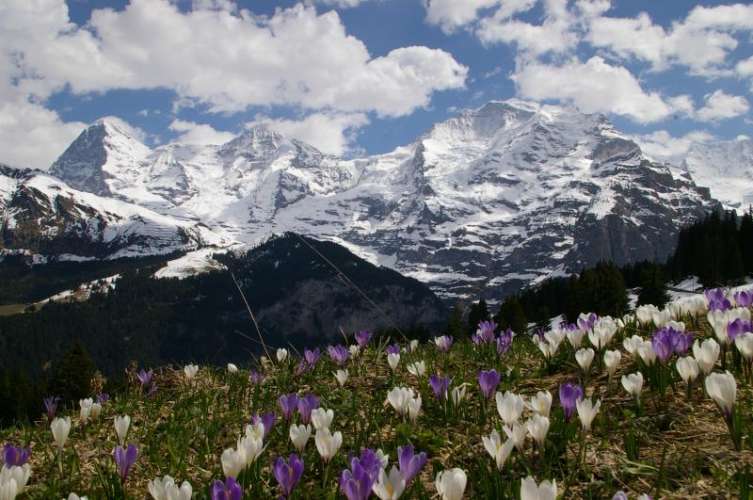 |
|
Objectives |
Search |
|
Saffron is the most valuable food product per gram anywhere and one of the oldest organic crops and traditional (although unproven) medicinal plants, as well as a significant part of the Eurasian cultural inheritance. Saffron crop fits very well into the EU agricultural policy because is a source of high-value products with added-value from processing; use of sustainable and ecologically friendly cultivation methods; its nature of perennial crop makes an optimum use of water resources and minimize erosion, and could become a niche crop for poorer rural communities as it was in the past for centuries.
Astonishingly, before the project, no European or non-European institution has taken the responsibility of the creation and maintenance of a collection representative of the genetic variability of the crop and its allies . In the Directory of European Institutions which maintains germplasm collections only is quoted a bank that preserves a single Crocus accession without additional specification (1). We are aware that even at a world scale level there is not a Crocus collection institutionally protected and at the disposal of potential users. Regarding the characterisation, and due to its minority nature, no descriptor list has been published to be used for characterisation and evaluation of C. sativus plant material for preservation. Due to that, the elaboration and publication through the Bioversity International, of a complete list of descriptors for characterization of Crocus genus becomes also a duty for this project. If there is not any preserved material or descriptors for its characterisation, it is obvious that there must be no data on characterisation of saffron germplasm. It means that the data generated in the present project will be the first ones to be available for the potential user, together with the plant material itself. In order to give wider diffusion to these results, we will create a database following the international standards for the management of germplasm collections (2), accessible via Internet.
(1) Frison, E.A. and Serwinski, J. (Eds.). 1995. Directory of European Institutions holding Crop Genetic Resources Collections. International Plant Genetic Resources Institute, Rome . (2) Lipman, E., Jongen, M.W.M., Van Hintum, T.J.L., Gass, T. and Maggioni, L. 1997. Central Crop Databases: Tools for Plant Genetic Resources Management. Report of a workshop, 13-16 October 1996. Budapest . International Plant Genetic Resources Institute, Rome . |
|
